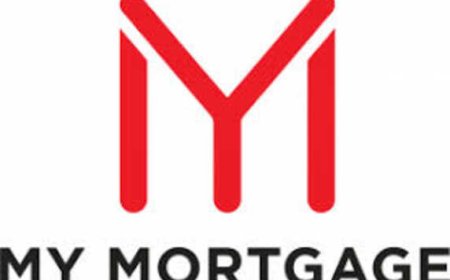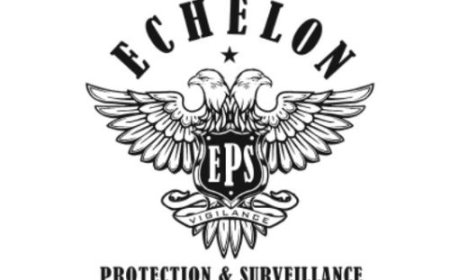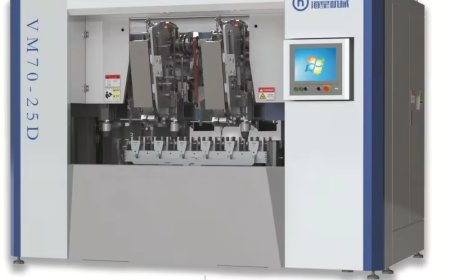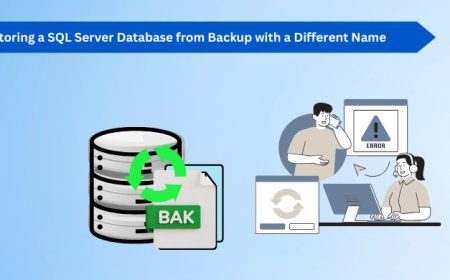Leveraging Serverless Computing for Cloud Quality Engineering
Serverless computing is changing the way cloud quality engineering works, making testing smoother, helping QA teams be more efficient, and speeding up workflows.

Imagine if your QA environment could scale to meet a sudden surge of users without a moment's delay. In today's digital race, software quality can make or break customer trust. Yet many QA teams still struggle with rigid, slow testing setups that can't keep up with continuous deployment demands. Traditional on-premise or static test environments have become roadblocks in an era of cloud-first applications and ever-accelerating release cycles. Enterprise IT decision-makers and CTOs are looking for a way out, seeking a QA strategy as agile and scalable as the cloud software it supports. This is where quality engineering in cloud environments enters a new phase, aligning QA with on-demand, cloud-native principles.
That's where serverless computing is in, this cloud-native model takes infrastructure management off your plate entirely, letting teams run code without provisioning or managing servers. It's fastly gaining traction nearly half of the organizations surveyed now use serverless architecture as part of their tech stack. But beyond powering user-facing apps, serverless computing is emerging as a secret weapon for cloud quality engineering. In this blog, let's explore By adopting serverless architecture in QA, companies to spin up test environments on demand, run massive test suites in parallel, and only pay for what they use, let' move.
Why Cloud-Native QA Rising to the Challenge?
For years, QA was often a step behind development, slowed by manual processes and inflexible infrastructure. But the rise of cloud computing and DevOps has changed the game. Quality engineering now needs to be continuous, integrated, and just as scalable as production. That's why we're seeing a surge in cloud-native testing solutions that replace traditional labs with on-demand cloud environments. In fact, 71% of organizations favor cloud-based tooling for testing today, recognizing that old approaches can't keep up with cloud-paced delivery. QA professionals are embracing everything from containerized test environments to service virtualization, all with a single goal: to ensure quality at speed and scale.
For enterprise leaders, this change isn't just about technology, it's about business outcomes. Faster feedback loops from QA mean quicker releases and the ability to respond to market changes. Modern quality engineering in cloud environments allows teams to test new features in hours instead of days, catching issues early and protecting the customer experience. It's QA reimagined as a lean, proactive discipline that adds value from day one of the development cycle. In an economy where time-to-market and reliability directly impact the bottom line, a cloud-native QA approach has moved from a nice-to-have to a must-have.
The Impact of Serverless on Testing
One of the most transformative cloud-native approaches is serverless computing. For those new to the concept, serverless means you can run your code or tests without ever managing the underlying servers your cloud provider automatically handles provisioning and scaling. This is a huge advantage for QA teams. Instead of maintaining a fleet of test servers or waiting for environments to be set up, teams can deploy tests as lightweight functions that execute on-demand. Essentially, serverless computing loads application components only when needed, so teams don't have to manage persistent resources or pay for idle capacity. Imagine a complex regression suite executing in parallel across dozens of serverless functions around the globe, then all instances disappearing when the job's done. The impact is a dramatic reduction in testing cycle time and operational overhead.
For QA and testing, the benefits of serverless for testing are outstanding:
-
No infrastructure headaches: Serverless platforms handle all the underlying infrastructure, so teams can focus on building and testing applications instead of provisioning hardware. Your QA engineers spend more time designing tests and less time babysitting servers.
-
Automatic scalability: Whether you need to run a handful of tests or thousands in parallel, a serverless architecture in QA scales effortlessly to meet the demand. Workloads that spike during a big release are no longer a problem the tests scale up automatically and scale back down to zero when finished, ensuring optimal performance and reliability.
-
Cost efficiency: With pay-as-you-go pricing, you only pay for the compute time your tests actually use. Idle test machines racking up costs become a thing of the past. Teams can execute extensive test suites or performance runs without worrying about burning budget on always-on servers benefits of serverless for testing that directly translate to a lower QA cost footprint.
-
Faster time-to-feedback: Spinning up a testing function or environment takes mere seconds with serverless. This speed means QA can keep pace with rapid development. Many organizations integrate serverless automation testing into their CI/CD pipelines for example, each code commit triggers a suite of cloud-based tests to run instantly. The feedback loop shrinks from days to minutes, enabling developers to fix issues before they snowball.
-
Consistent, reliable environments: Every serverless function invocation starts in a clean, isolated state, which reduces the "works on my machine" syndrome. Tests run in identical environments every time, catching environment-specific bugs early. Plus, it's easy to run tests across multiple regions or configurations simultaneously using cloud-native testing solutions built on serverless platforms, improving coverage for global applications.
By eliminating infrastructure bottlenecks, serverless testing empowers QA teams to move at the speed of development. As one tech pundit put it, enterprises realize the benefits of serverless in its dynamism and scalability it provides the flexibility to handle sparse workloads without wasted resources, and scale up for peak loads without over-provisioning. In practical terms, that means higher quality software delivered faster and with less overhead.
Trends Compelling Serverless QA Adoption
Serverless computing has quickly moved from emerging tech to mainstream in both applications and QA. According to Flexera's 2024 State of the Cloud report, 48% of organizations now use serverless, a significant jump from last year. Datadog's research also shows that 70% of AWS customers and 60% of Google Cloud customers are adopting serverless workloads. This widespread adoption proves that serverless is now a standard in cloud environments.
For QA leaders, serverless offers a solution to the evolving demands of cloud quality engineering. With microservices and containers becoming more common, QA practices are shifting towards serverless-driven test frameworks and API-based services. As cloud-native QA practices gain momentum, forward-thinking teams are adapting quickly to stay ahead.
QA professionals are also taking on more engineering-centric roles, with serverless providing the infrastructure to support them. Top QA service providers, like Tymon Global, are helping teams adopt cloud-first, agile methodologies by streamlining test environments, automating tests, and ensuring continuous monitoringall without waiting for operations. The rise of serverless in QA is crucial to keeping up with the fast-paced industry trends.
Adopt the Serverless Advantage in QA with Tymon Global
As we've seen, adopting serverless computing for QA isn't just an IT upgrade its a strategic move that ties directly to business agility and quality. By embracing serverless, organizations can supercharge their cloud quality engineering efforts: accelerating testing cycles, slashing infrastructure costs, and improving software reliability under real-world conditions. The payoff is a faster path from code to customer, with confidence that each release meets high standards.
Of course, adopting these approaches requires the right expertise and strategy. Thats why top-tier providers like Tymon Global are exactly what businesses need to navigate this transformation. Tymon Global's deep experience in digital transformation, cloud engineering, and quality assurance makes them an ideal partner to implement a serverless-enabled QA strategy. They understand how to tailor solutions to each organization's needs from designing serverless test architectures to integrating cloud-native tools into your development pipeline all while keeping a sharp focus on business outcomes.
The call to action is clear: don't let your QA practices fall behind in the cloud era. It's time to turn quality engineering into a competitive advantage.
Ready to get started? Reach out and connect with Tymon Global to explore how their expert QA and serverless cloud engineering solutions can upgrade your software quality and accelerate your digital transformation.


























